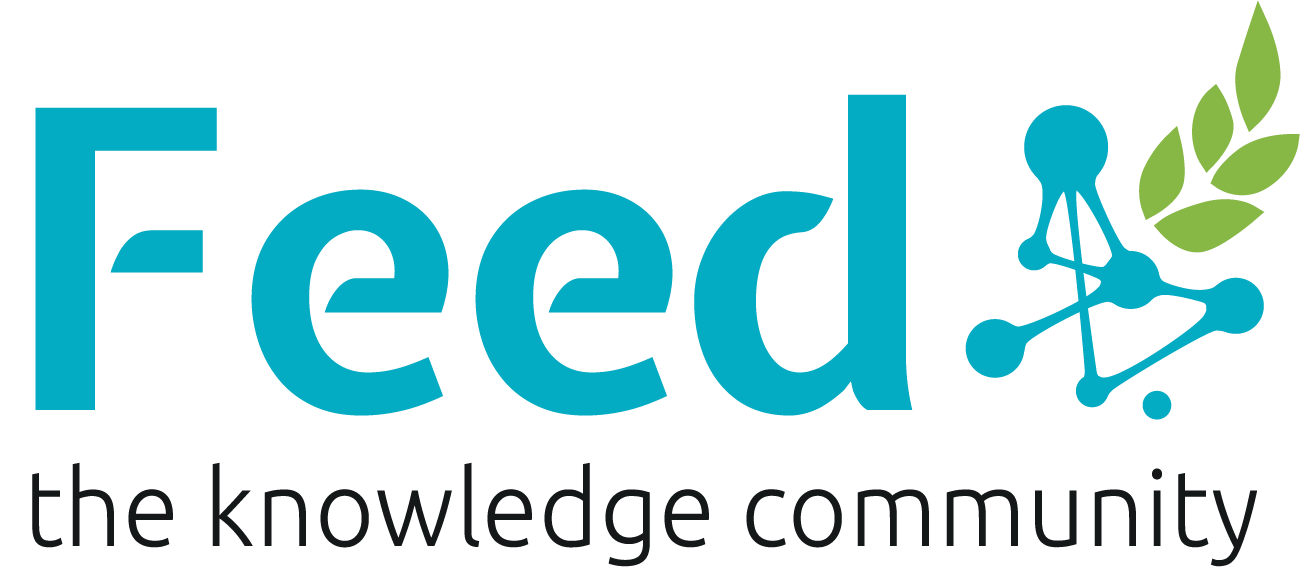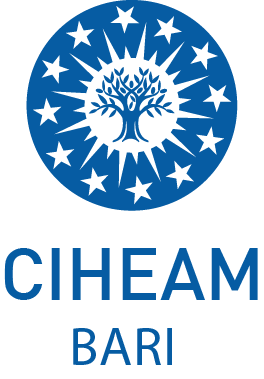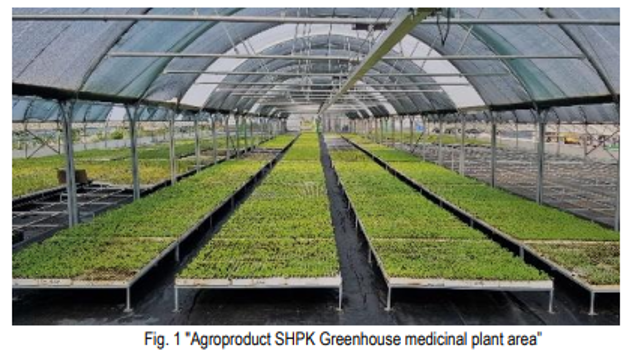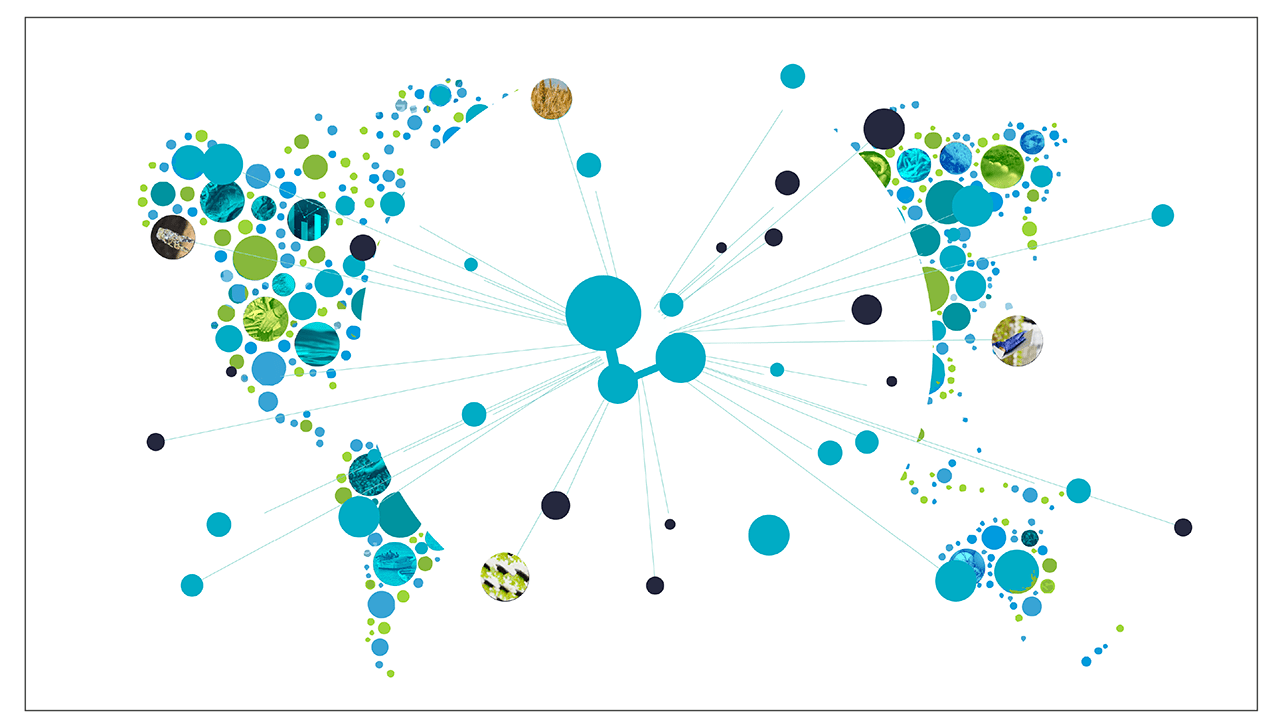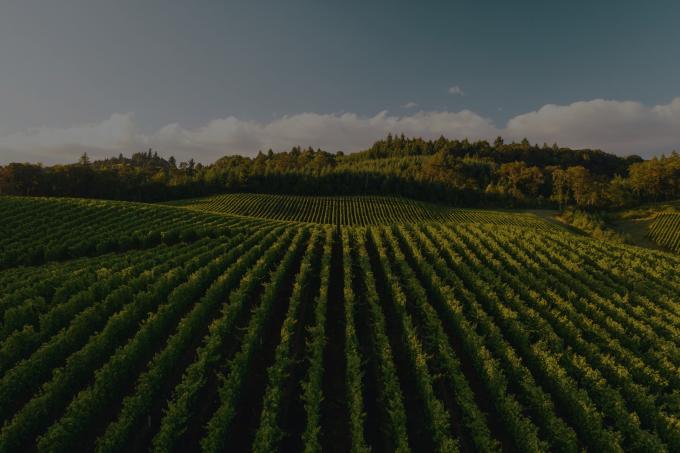STORIES
Keeping Food Moving in Sudan
Conflict has broken systems; MIPRO-Sud provides targeted support so producers in Kassala and Red Sea can keep working.
Sudan

Sudan is sliding towards hunger. A war that erupted in April 2023 has ripped through markets, scattered workers, and choked supply lines. The economy has shrunk brutally—real GDP is estimated to have fallen by about 29.4% in 2023 and a further 13.5% in 2024—while more than 26m people now face acute food insecurity, the highest number on record. Poverty has surged too: the share of Sudanese living on less than $2.15 a day is thought to have jumped from 33% in 2022 to 71% in 2024. In a country where agriculture employs roughly two-thirds of the workforce, fields have gone untended, value chains have snapped and veterinary and extension services have withered. In the eastern states of Kassala and the Red Sea—strategic and hard-hit alike—herders lack basic animal-health care, smallholders cannot source inputs, and coastal fishing communities operate with crumbling infrastructure and failing cold chains. A decade of economic decline since South Sudan’s secession in 2011—GDP fell from $66.4bn in 2011 to $51.6bn in 2022—has been compounded by floods, droughts and, now, the grinding contest between the Sudanese Armed Forces and the Rapid Support Forces.
War has shattered Sudan’s economy and food systems, pushing millions toward hunger.
Against this bleak backdrop, a practical effort is under way to restore the means to produce food and income. MIPRO-Sud—“Improving Food Production in Sudan by Supporting Small Producers in Agriculture, Fisheries, and Livestock in the Red Sea and Kassala States”—is implemented by CIHEAM Bari with the state Ministries of Production and Economic Resources (MOPERs) in Kassala and Red Sea, and technical assistance from Italy’s Istituto Zooprofilattico Sperimentale dell’Abruzzo e del Molise ‘G. Caporale’ (IZS Teramo). Launched by Italy’s development agency (AICS), the project blends emergency recovery with medium-term investment in infrastructure, services and value chains. Its distinguishing feature is not a novelty gadget or a one-off delivery, but a partnership with Sudanese institutions—state and national—that anchors action in local priorities and preserves institutional continuity amid conflict.
Nowhere is this clearer than on the Red Sea coast. There, MIPRO-Sud is revitalising the fisheries sector by overhauling Port Sudan Fish Market, the country’s largest hub for landing and distribution. The works include structural refurbishment; upgraded hygiene, sanitation and waste-management systems; and workflow improvements that cut spoilage. The market directly supports more than 500 workers—fishers, vendors and processors—and indirectly secures safer, higher-quality fish for tens of thousands of consumers. Along the value chain, cooperatives are receiving cold boxes and gear, plus training in hygiene and quality standards to curb post-harvest losses (now estimated at over 30%) and to boost local fish consumption as a vital, affordable protein.
MIPRO-Sud backs fish markets, mobile vet clinics and inputs—steadying local production.
Further inland, in Kassala, the focus is livestock—the backbone of many rural households’ fortunes. The project is rehabilitating the Kassala Veterinary Research Laboratory and deploying six mobile veterinary clinics to reach pastoralist communities otherwise cut off from services. With IZS Teramo’s support, laboratory equipment, training and disease-surveillance systems are being restored so that basic animal-health functions—vaccination, diagnosis, outbreak response—can resume. Healthier herds mean more reliable nutrition and incomes.
Crop producers have not been forgotten. Across Kassala and Red Sea, MIPRO-Sud supports smallholders cultivating sorghum, sesame, groundnuts and horticultural crops, helping them to access inputs and practical know-how. It is also backing ten local business incubators to spur youth and women’s entrepreneurship in services that the local economy urgently needs—from input supply and mechanisation to agro-processing and marketing. The logic is straightforward: cut losses, fix bottlenecks, and help local actors resume trade.
None of this should be mistaken for a quick fix, nor does it obviate the need for humanitarian relief while the war grinds on and the economy reels. But it does matter. By rebuilding the nuts and bolts of production—labs, markets, clinics—and by doing so with the state institutions that must ultimately carry them, MIPRO-Sud shows how development and emergency response can proceed in tandem. In the harshest conditions, restoring the capacity of families and communities to produce food is not only a livelihood strategy; it is a form of resilience. If Sudan is to arrest economic freefall and inch back from the brink of hunger, initiatives like these are the small, steady lights by which recovery becomes imaginable.
